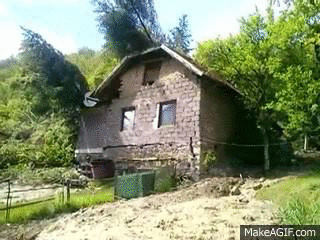- Joined
- 1 Aug 2018
- Messages
- 11
- Reaction score
- 0
- Country

Hi I'm Dave I don't know if anybody could help me but I have a bit of a problem with my two story extension I had built eight months ago, I live in a soft clay area my original house was built in the late 50s the house sitting on 400mm concrete foundation, when I had the drawings done building Regs say it is a soft soil area and you need to build a raft foundation if your building in that area, so with the drawings I had done for my extension I had to have the calculations done for a raft foundation. The trouble is my builder didn't seem keen on building a raft foundation so he dug 600mm down and mass filled The trench without building a raft foundation and the building instructor passed it, which I think is wrong I don't think the builder showed the inspector All of the drawings so the inspector didn't realise it was a soft soil and clay area now I'm worried something will go wrong with my extension in the near future can anybody give me some advice on what to do, or what I can do. thanks .




